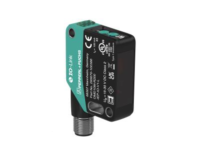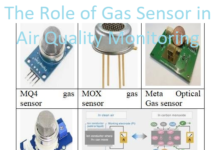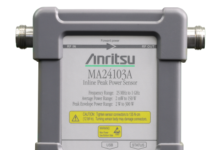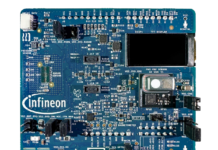
The last couple of years have been tough for many mining and quarrying companies, with erratic commodity prices, mineral grade decline and increasingly strict government regulation being just some of the issues that have hit profitability.
Although these influences are out of the control of most companies, there are internal factors that are proving to be equally damaging to business performance. Of these, unscheduled machine downtime is perhaps the most common, yet can be one of the simplest problems to resolve. This is where condition monitoring using vibration sensors comes in.
Vibration monitoring has become essential for plant and equipment predictive maintenance in mining and quarrying. Not only a valuable tool for preventing unscheduled downtime, it can also extend machine operating life beyond recommended maintenance intervals, and can help to avoid catastrophic and dangerous failure.
Monitoring vibration, using vibration sensors fitted to equipment such as crushers, pumping systems, vibrating screens, load-out facilities and truck fleets, enables site engineers and maintenance teams to repair or replace components before failure occurs.
The benefits of this can’t be underestimated. In fact, the total cost of unscheduled downtime is estimated to be as much as 15 times that of a scheduled event in some cases – minimising downtime by taking action prior to failure can clearly have an extremely significant impact.
The specification of vibration monitoring equipment is typically more complex than applications in other industries. Site conditions, machinery operating in specific applications and various other variables must be considered. For example, operators must not only consider the vibration level and frequency range that is to be measured, but also environmental issues such as temperature and humidity. The presence of corrosive chemicals and explosive gases in underground mines also affects the specification process.
Once specified, the next step is to install the vibration sensors. If installed incorrectly, they can be inaccurate and redundant. Accelerometers should be located as close as possible to the source of vibration and be mounted on a flat, smooth, unpainted surface, larger than the base of the accelerometer itself. If the sensor is poorly mounted and unstable, it will most likely record the instability of the sensor itself and not the vibrations of rotating components.
Specifying and installing the right vibration sensors can be a difficult task, given the environmental variables specific to mining and quarrying. That’s why it is advised to work alongside an experienced provider.
We have the in-depth industry and application knowledge required to help you achieve the best results. For advice and support on specification, installation and getting the best performance from vibration sensors speak to one of our team.



















